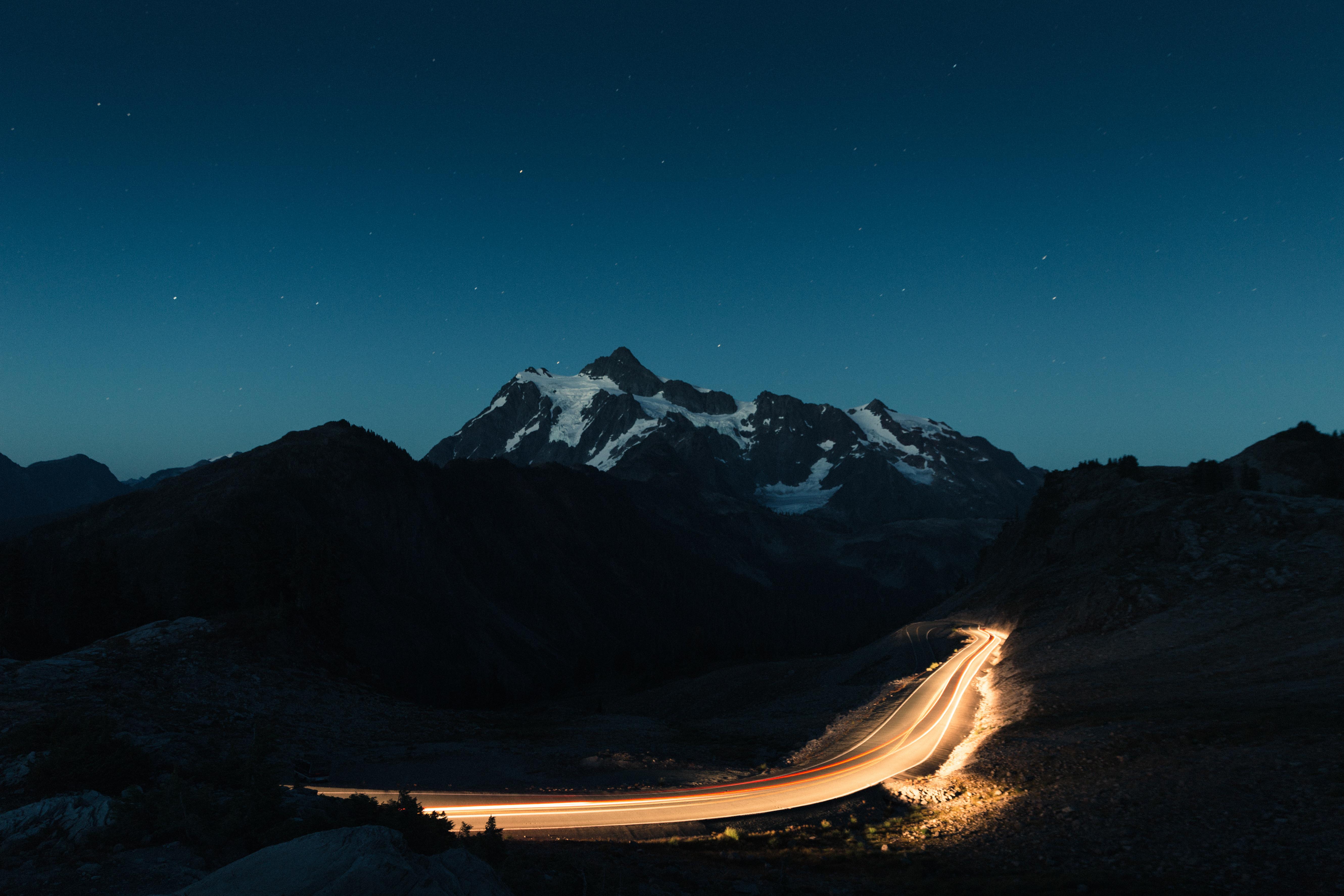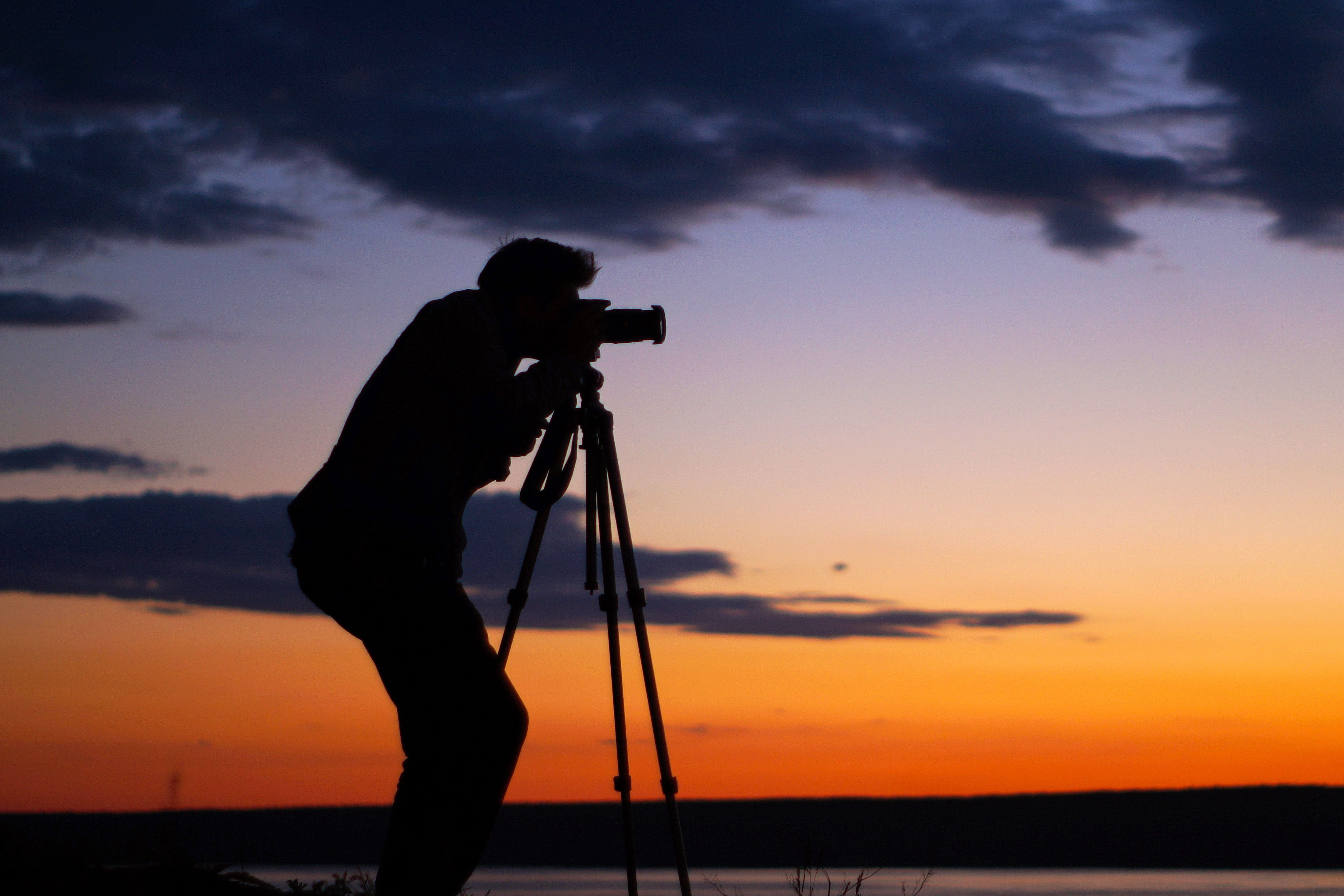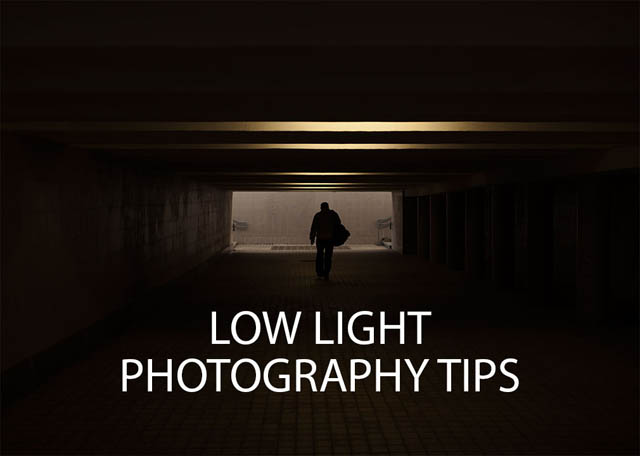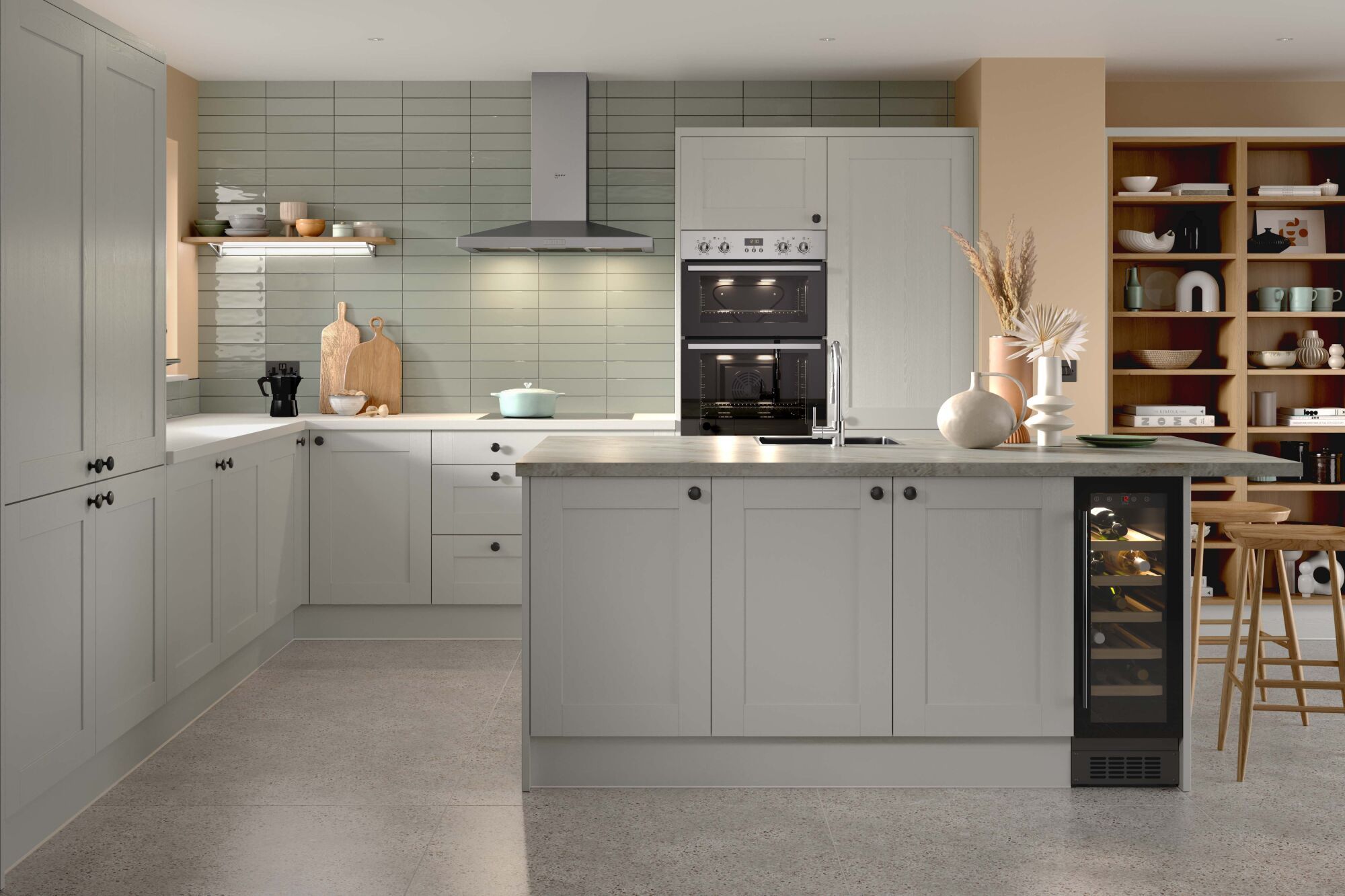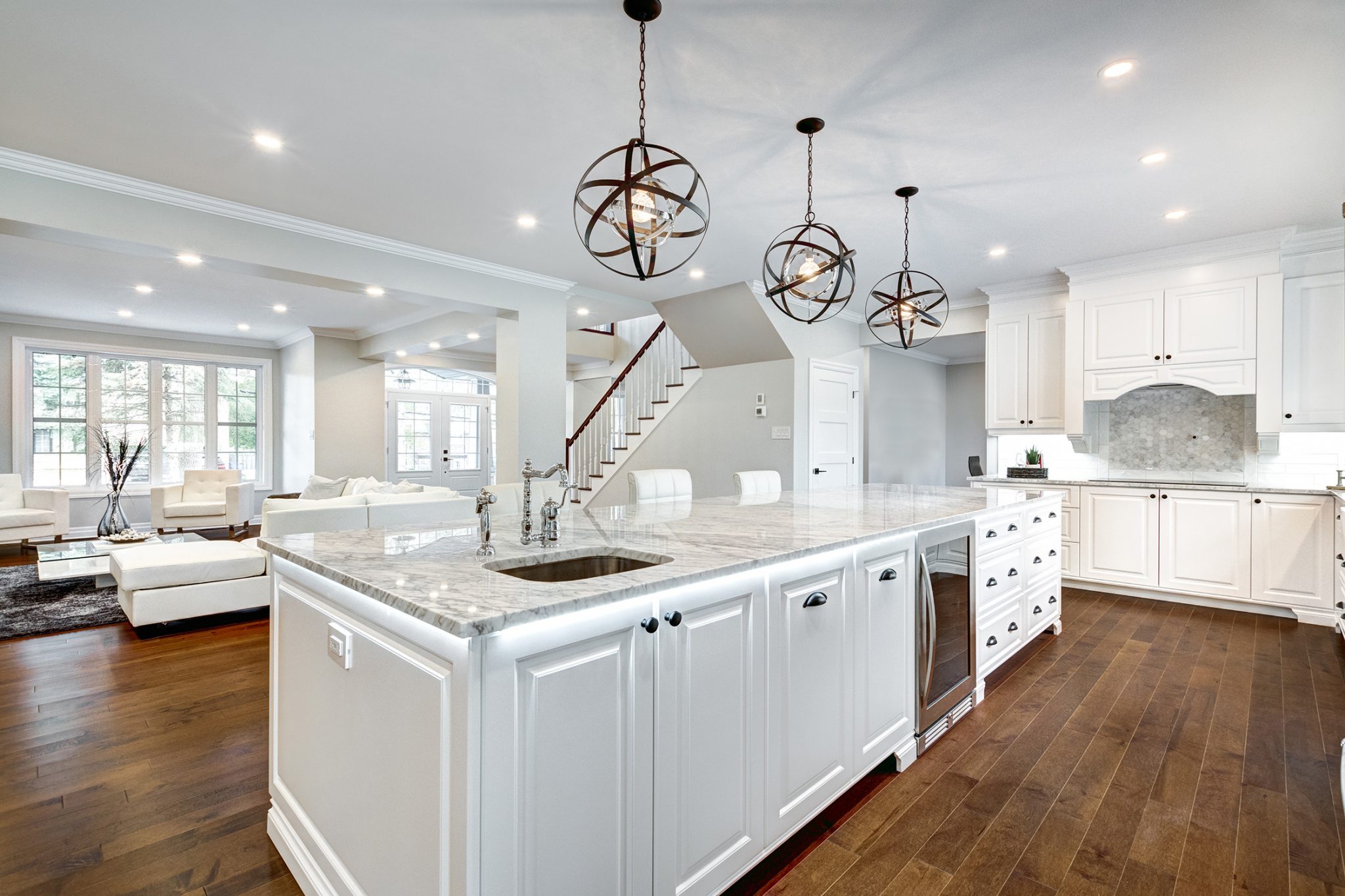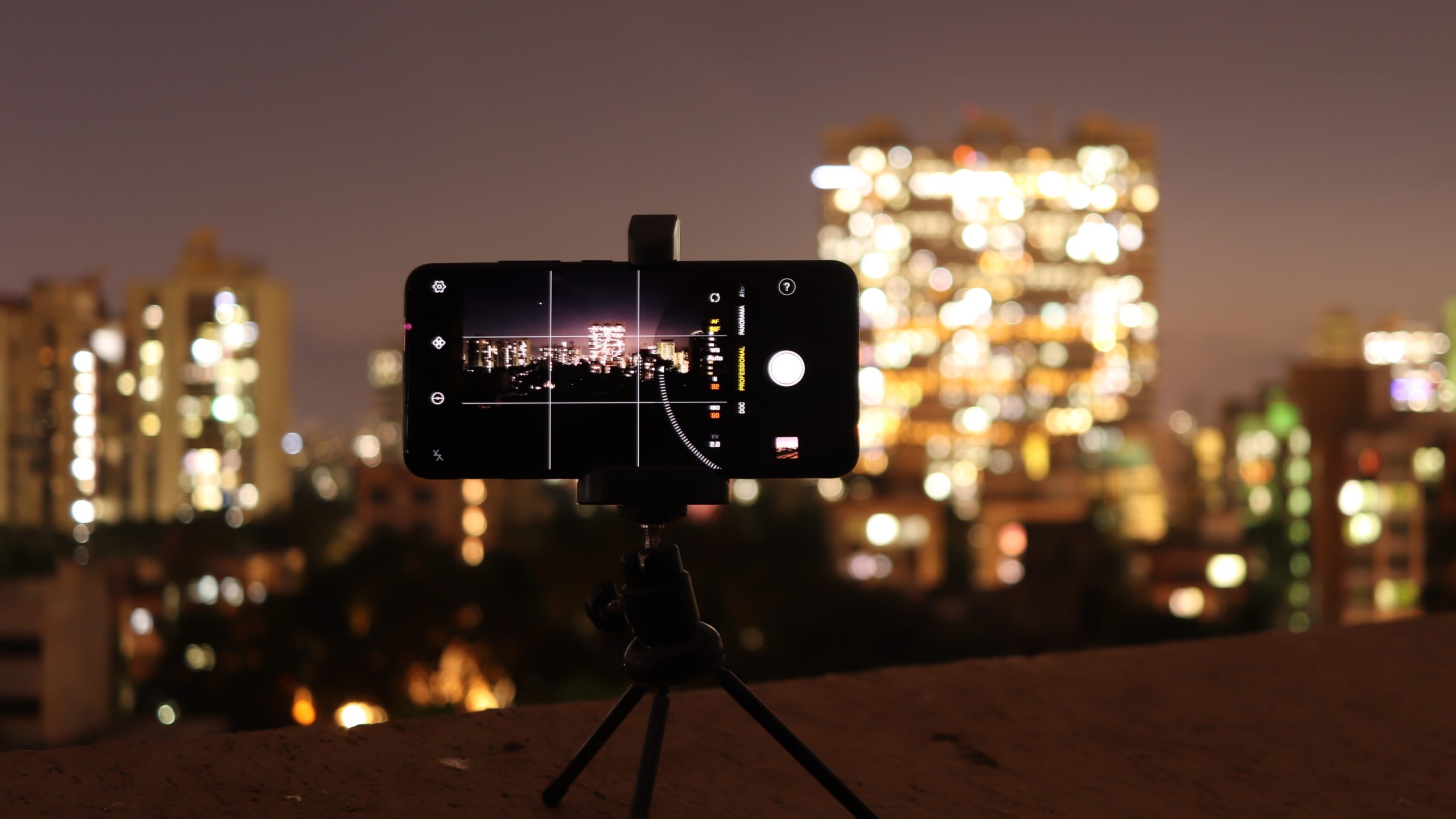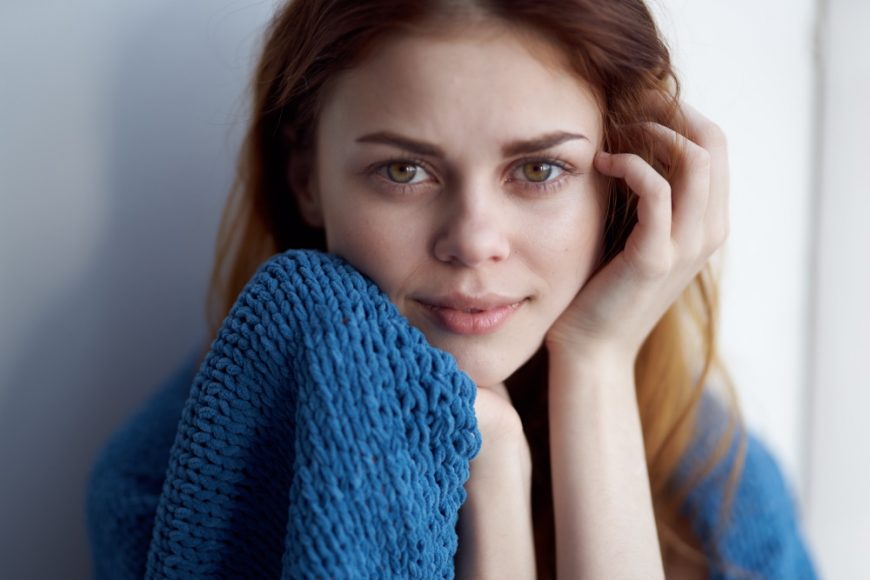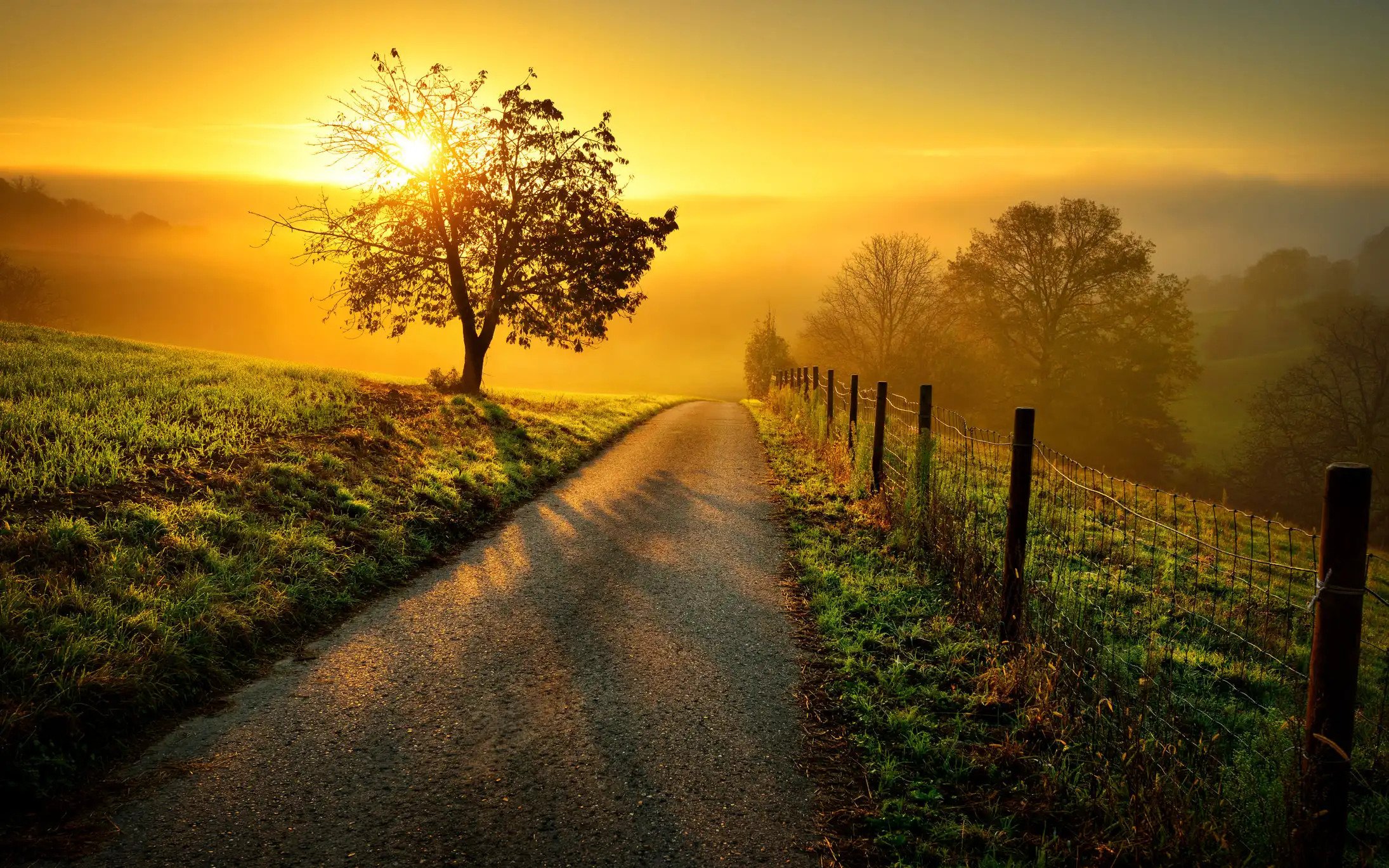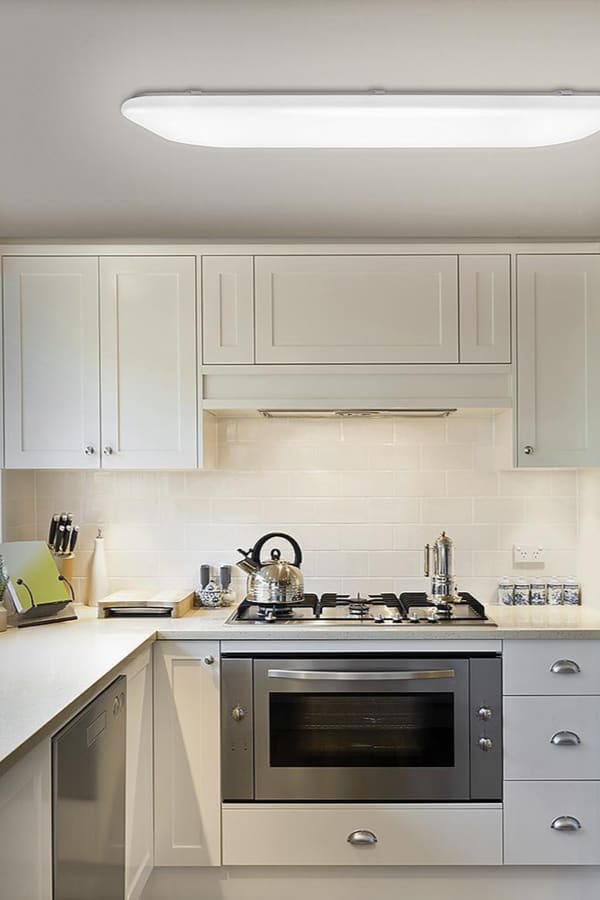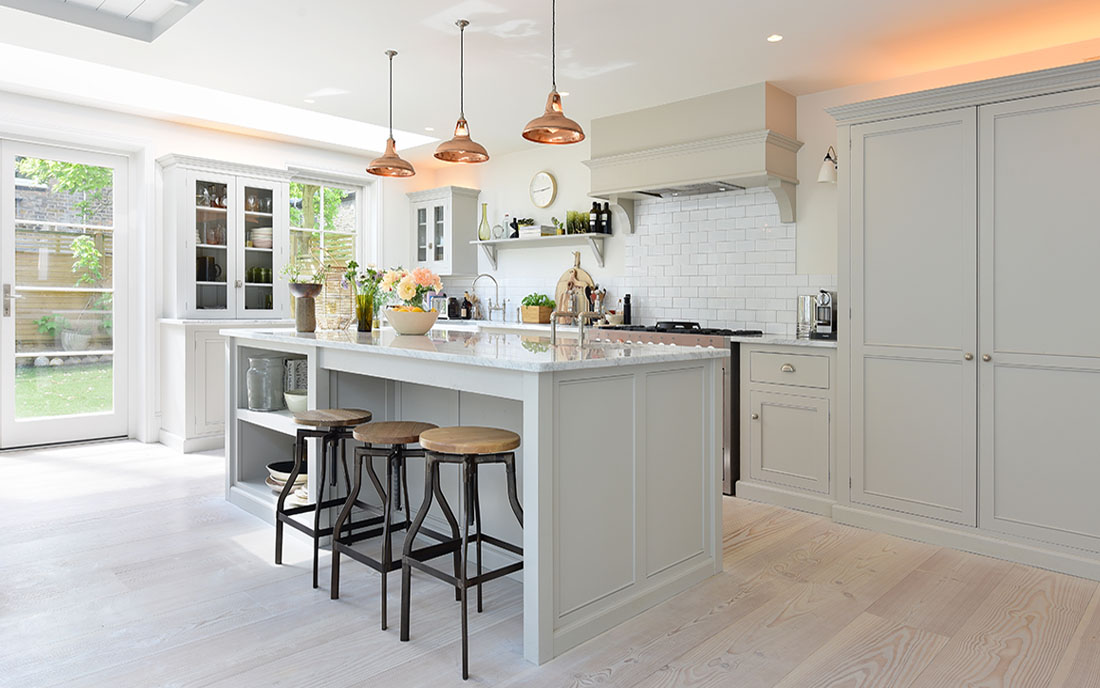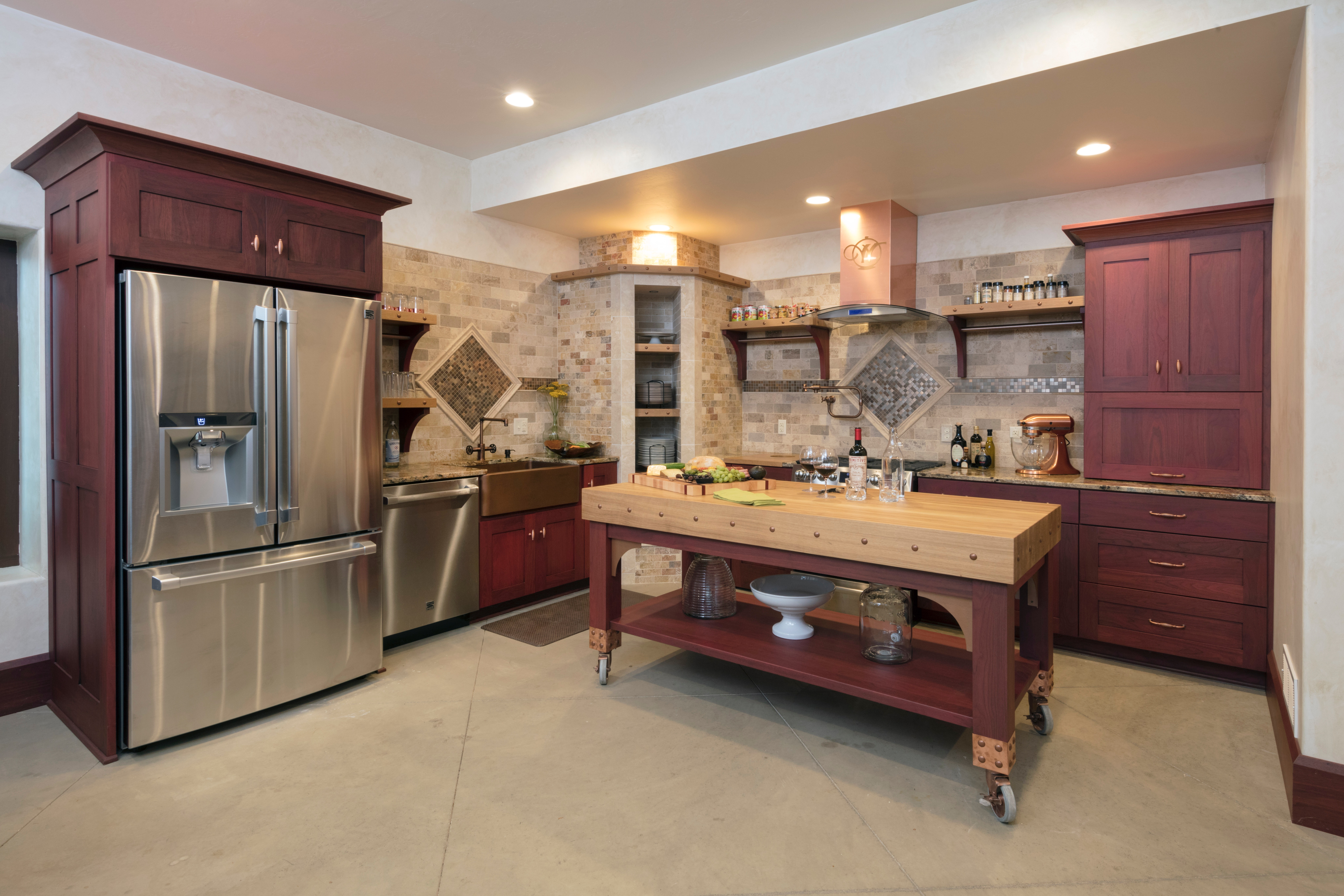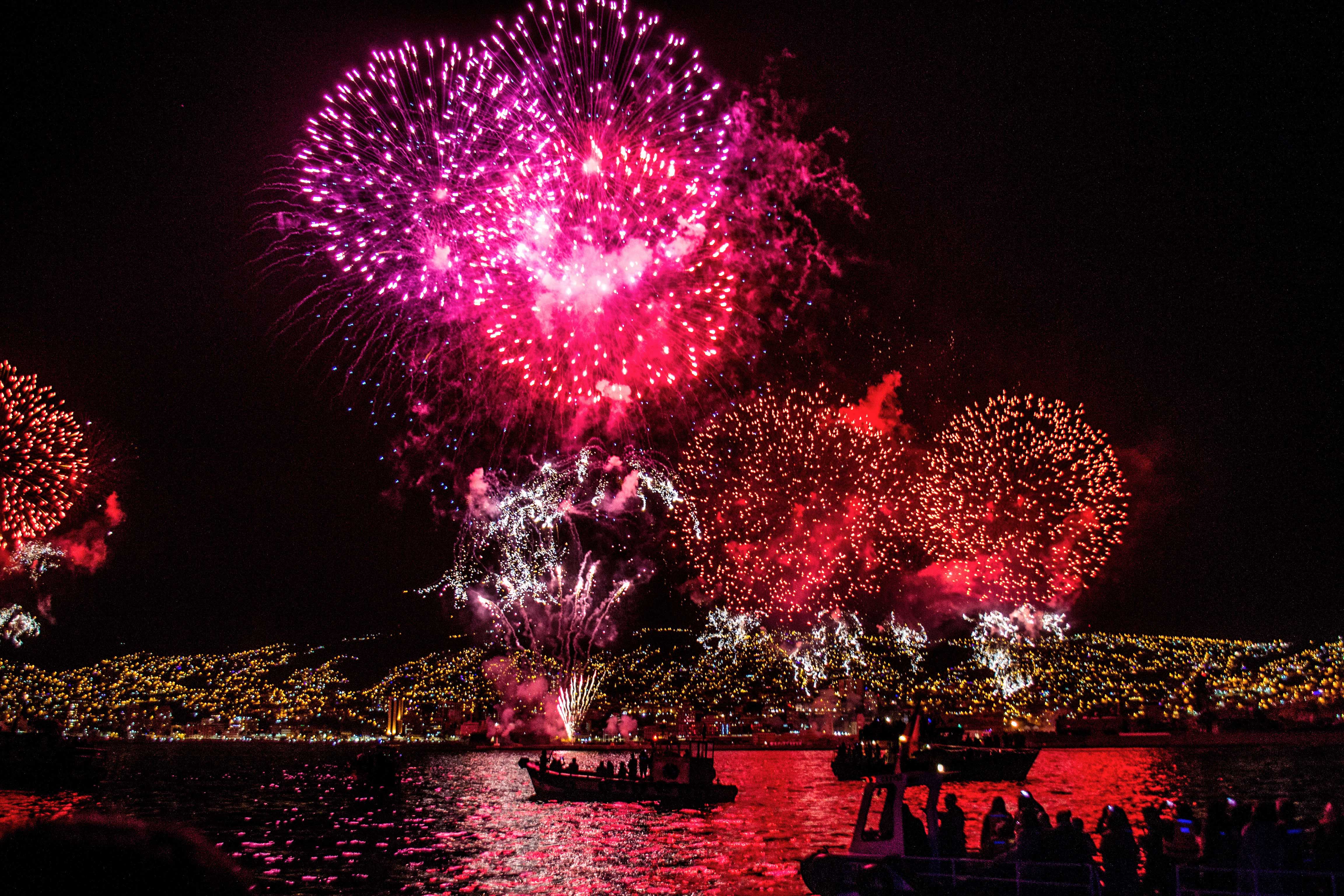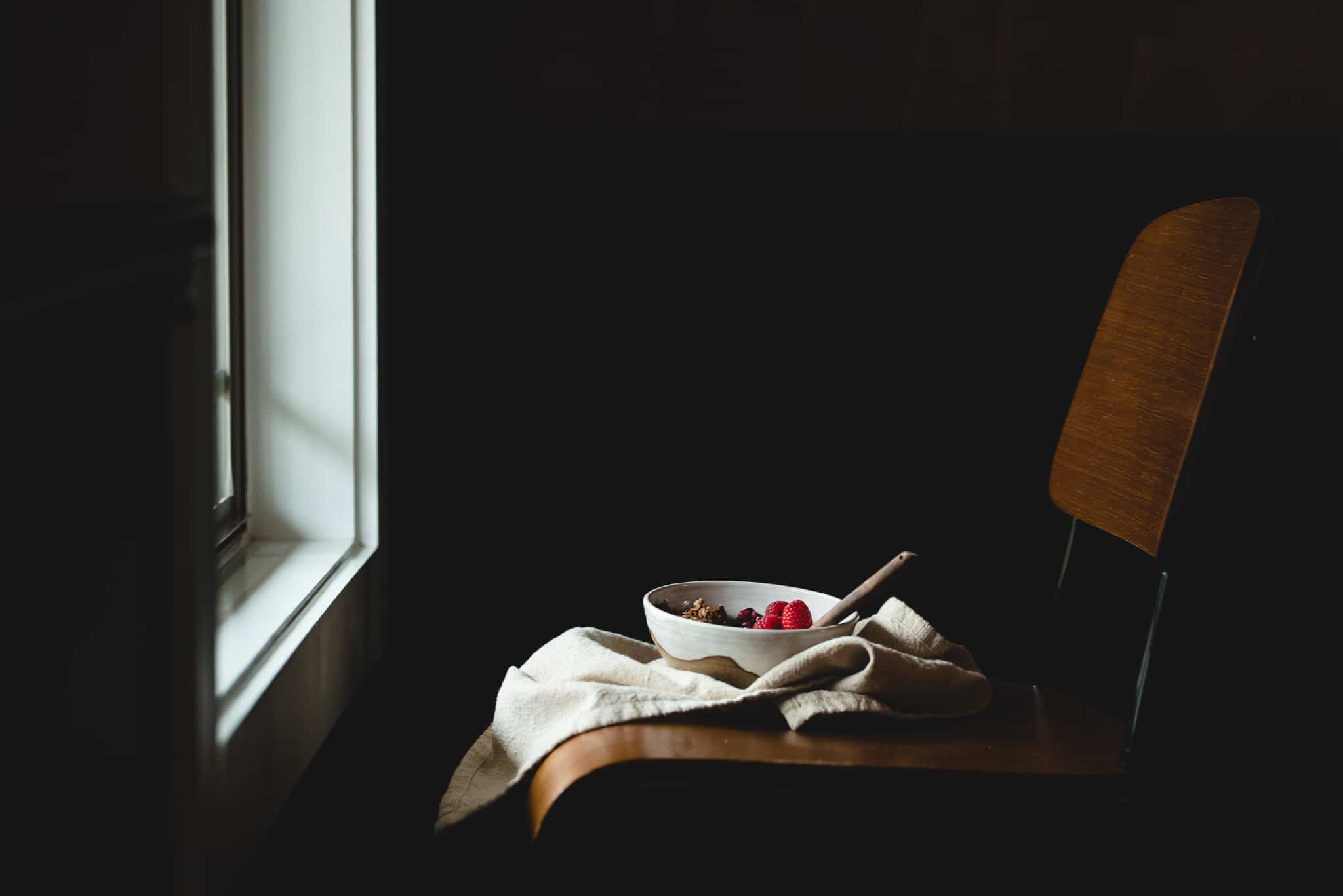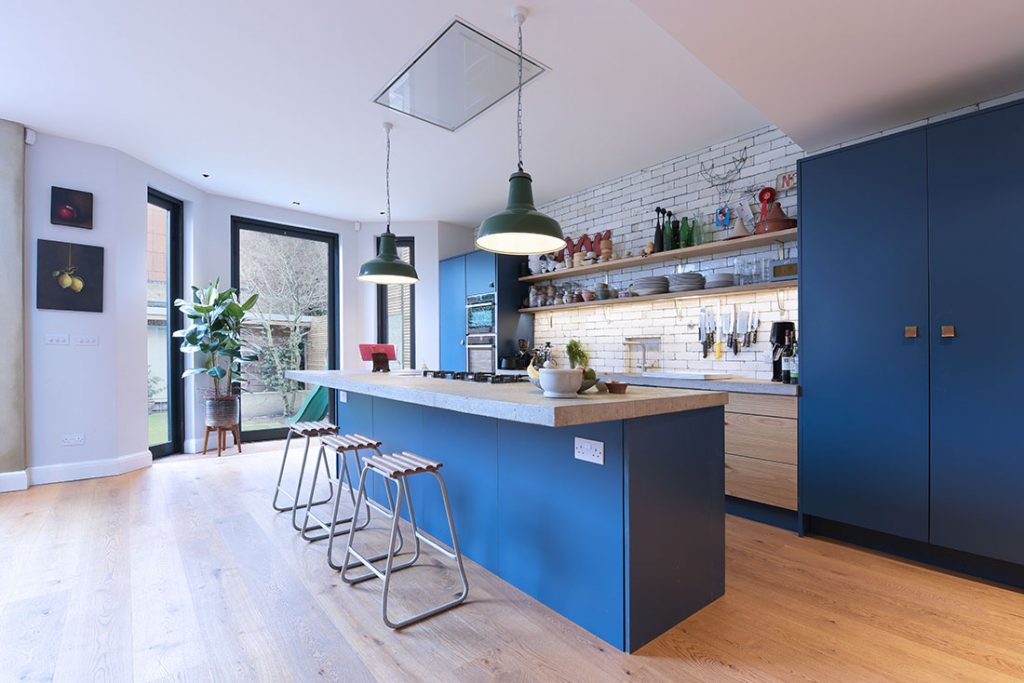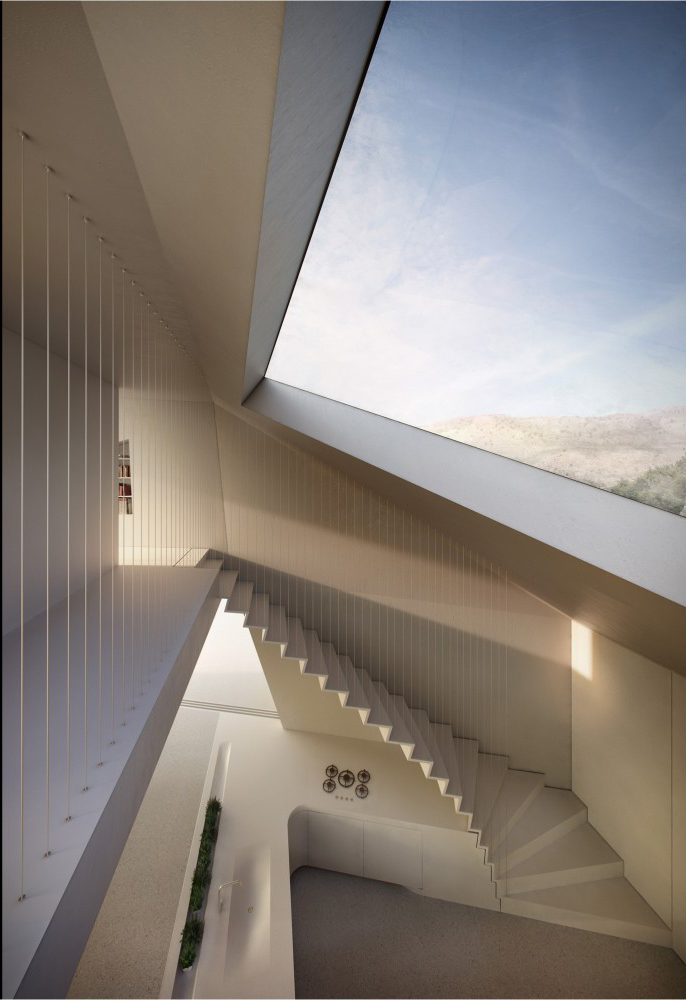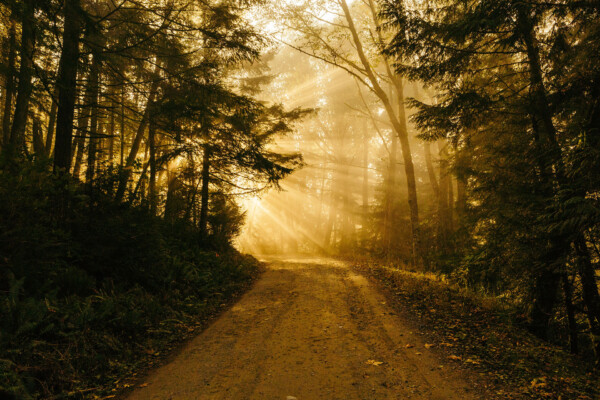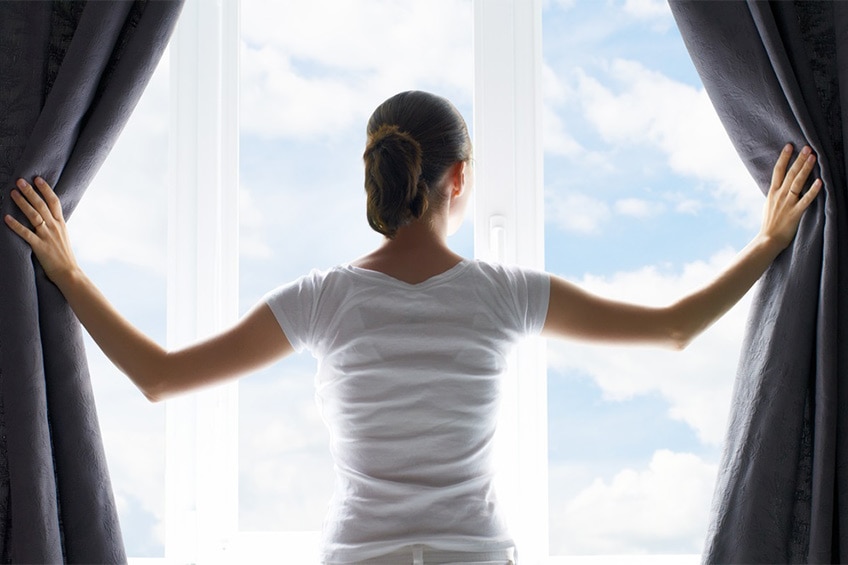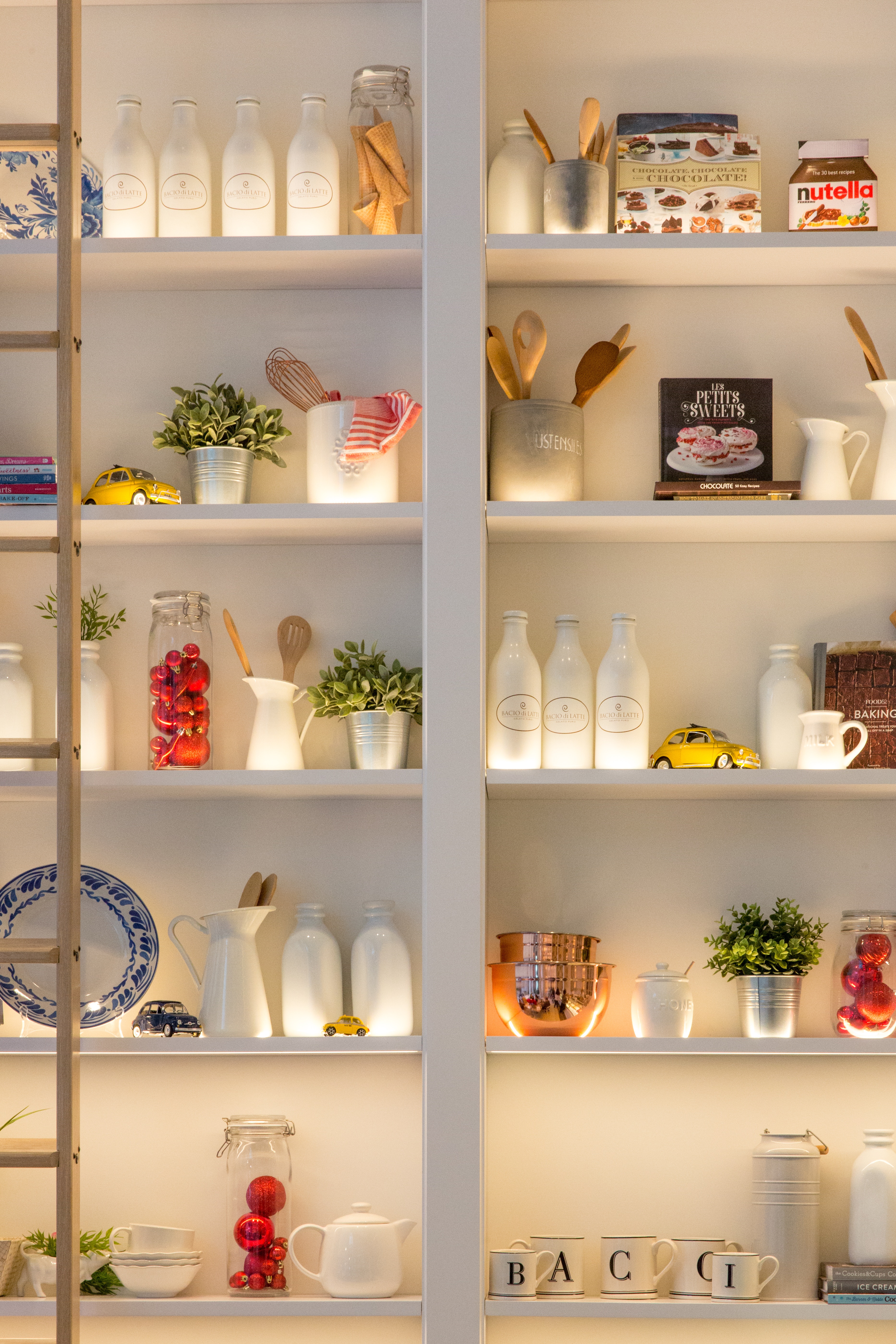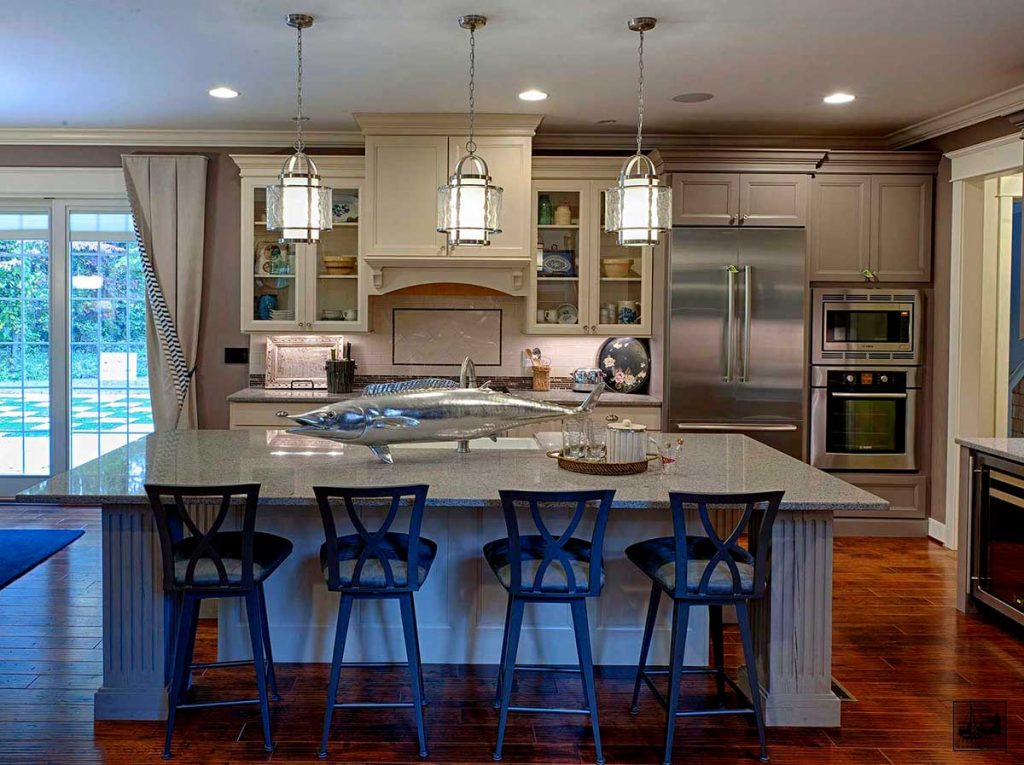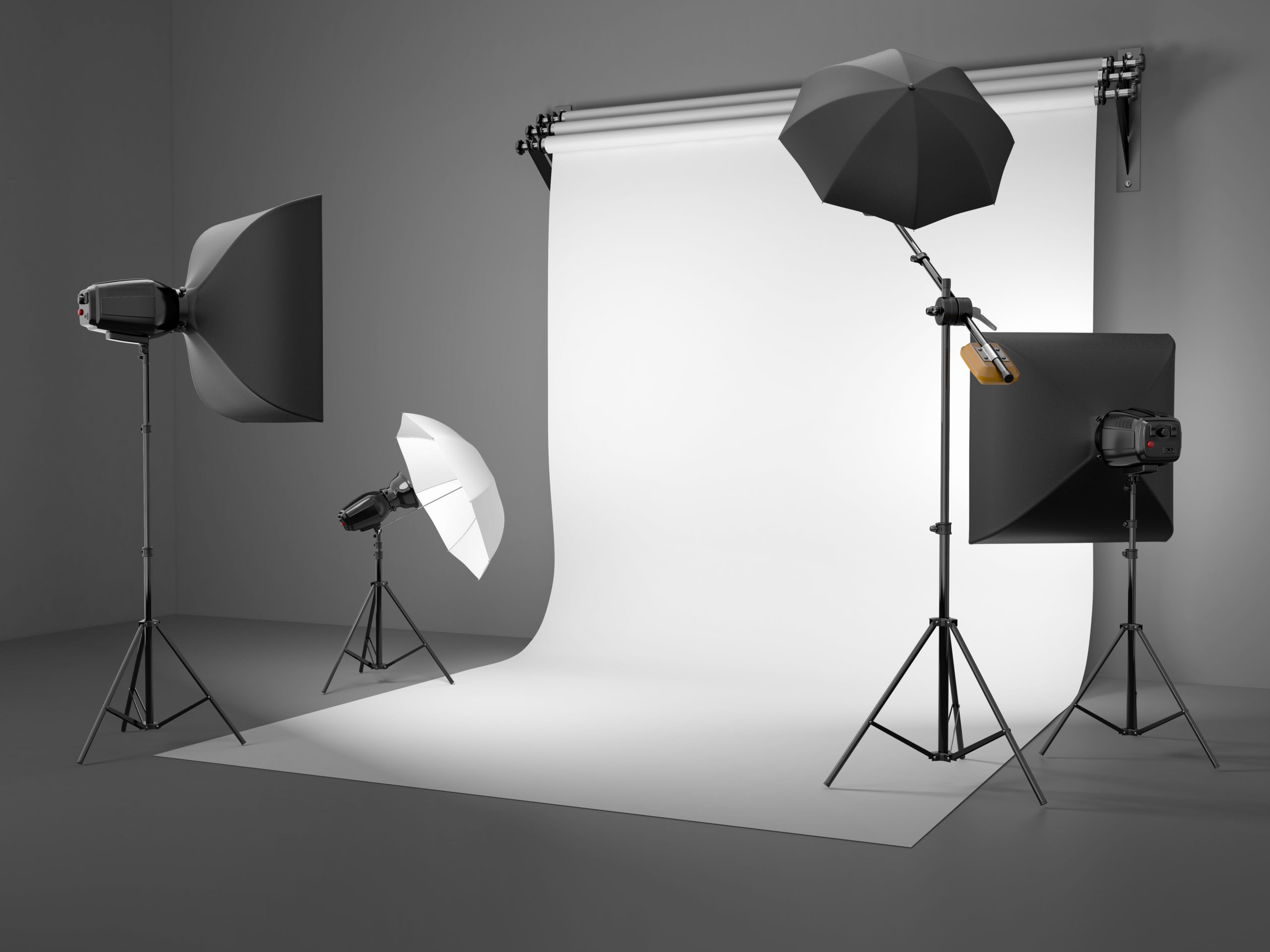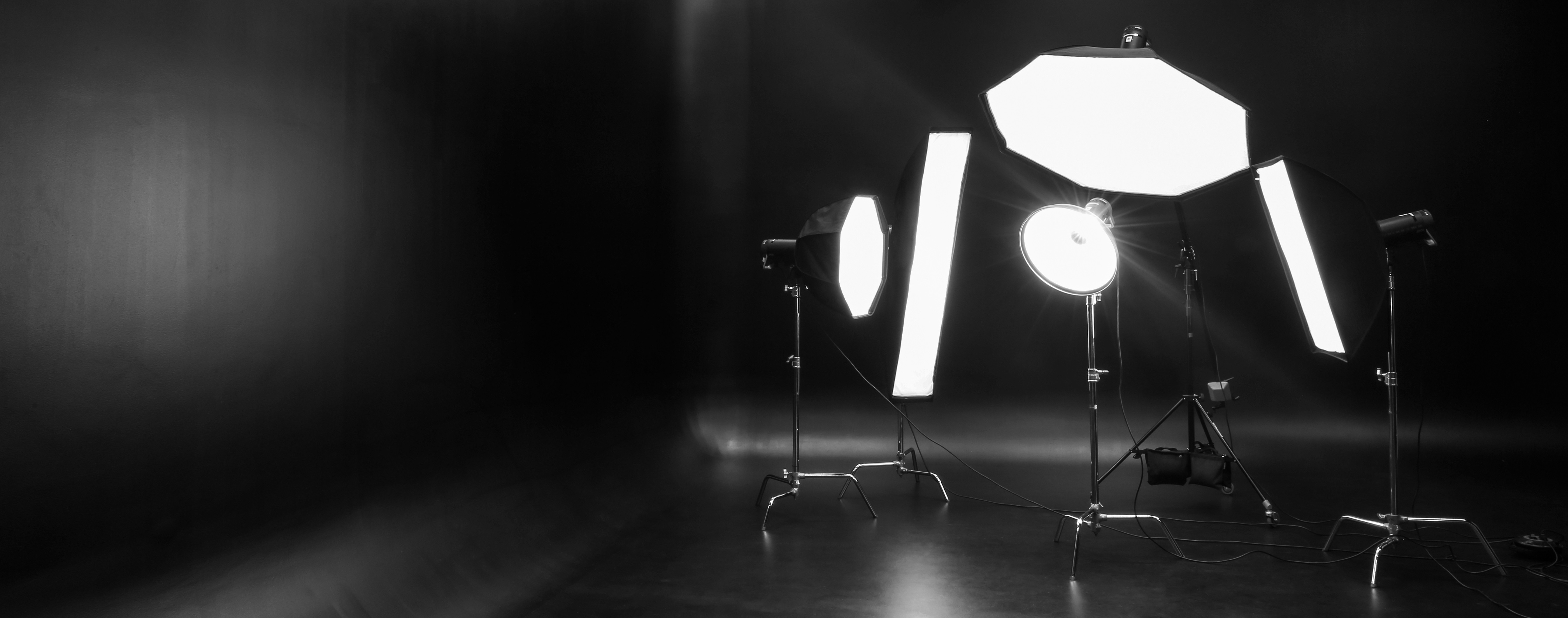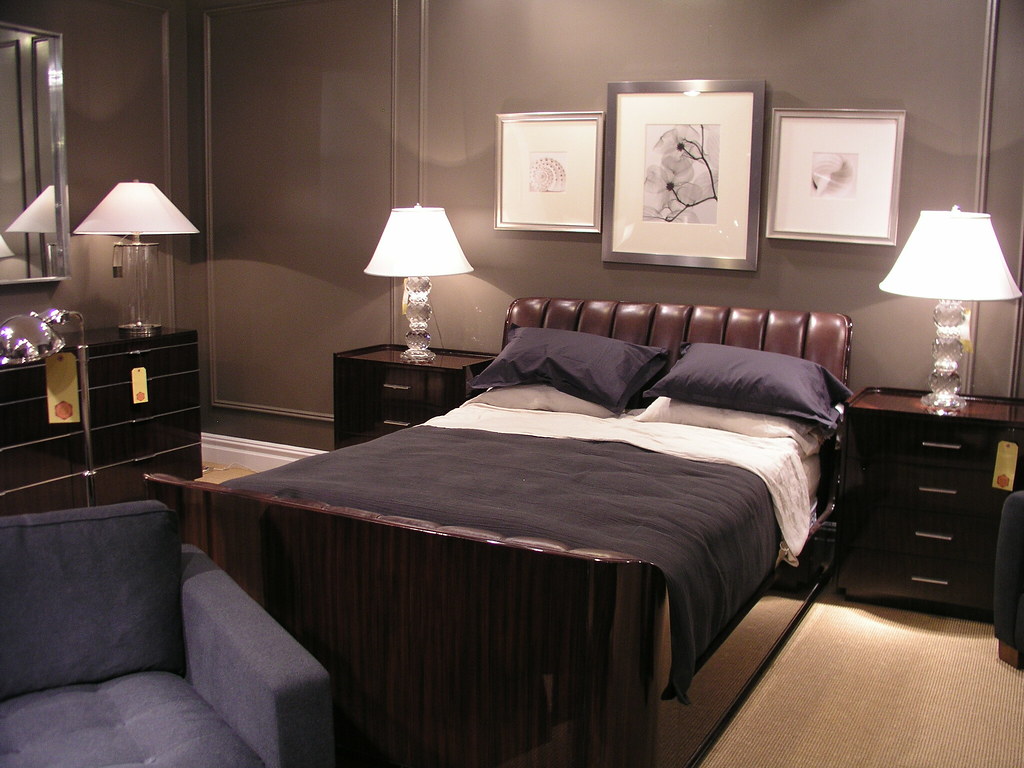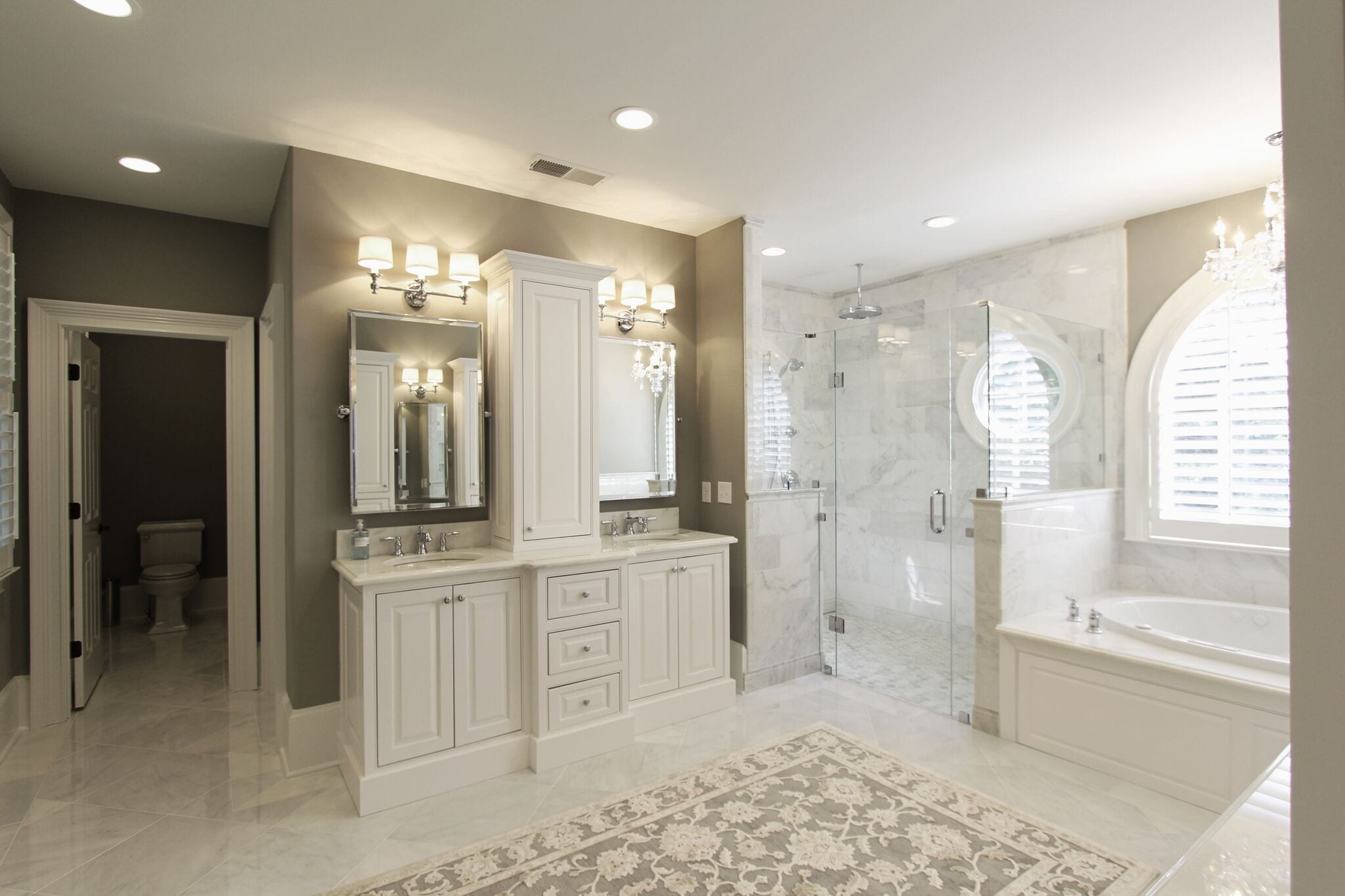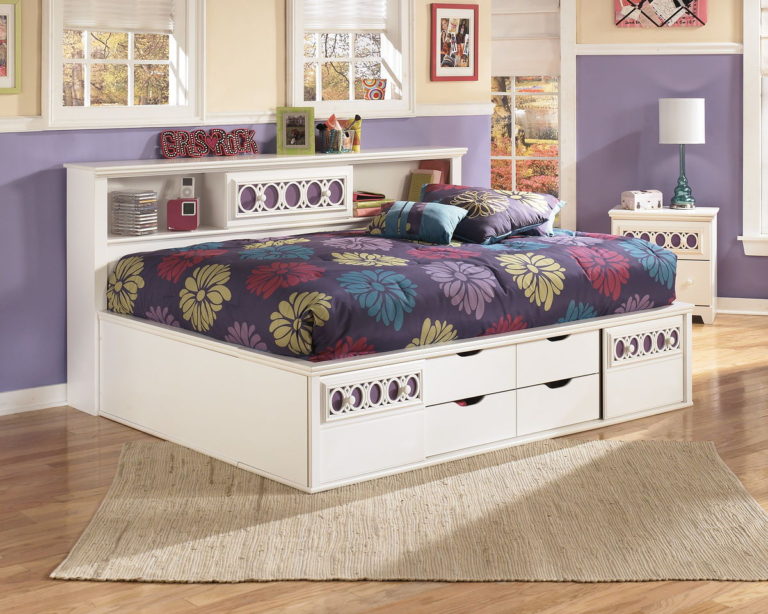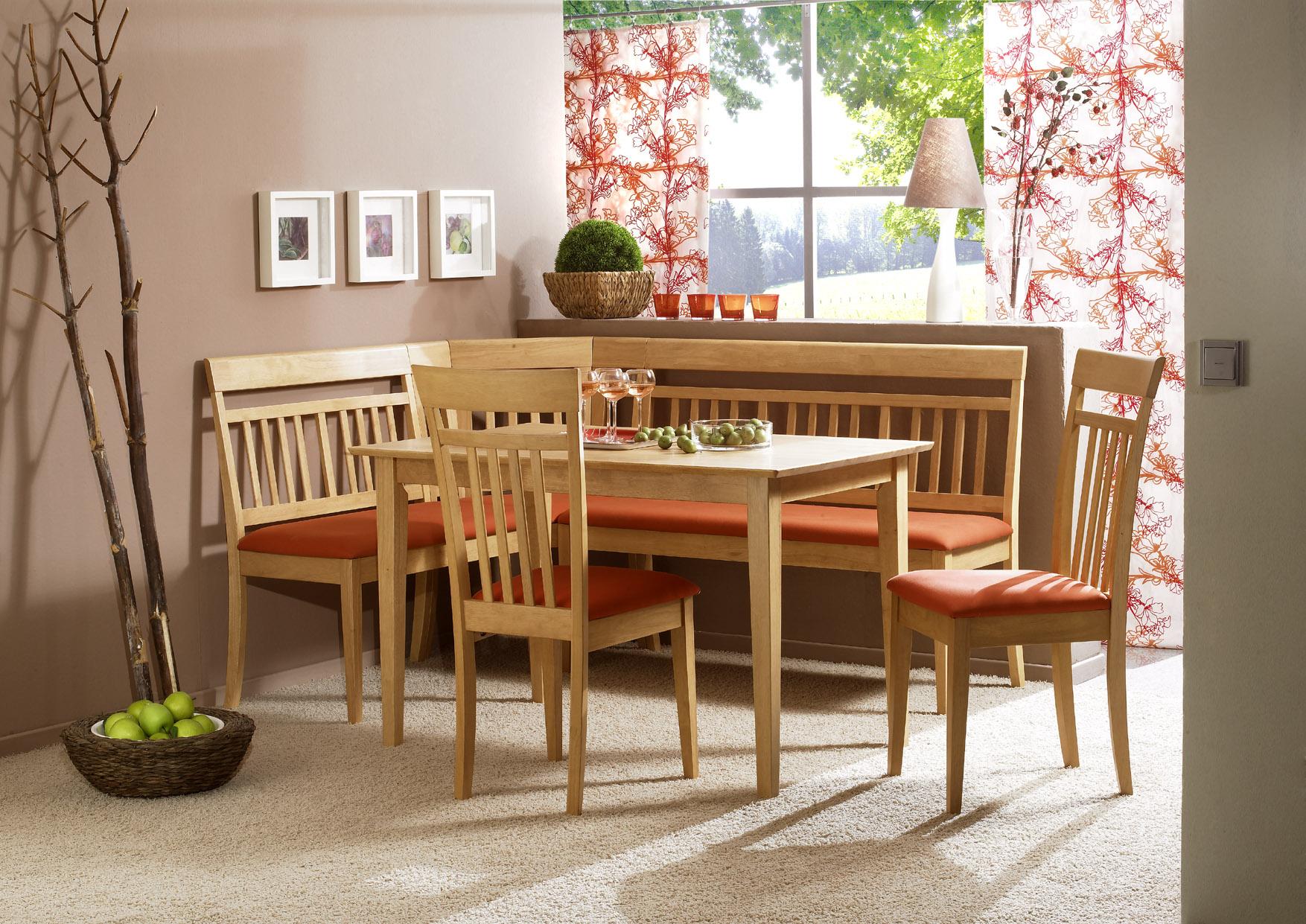Kitchen photography can be challenging, especially when dealing with low light conditions. However, with the right techniques and equipment, you can capture stunning photos that showcase the beauty of your kitchen. In this article, we will share some tips on how to take great photos in low light kitchens.Low Light Photography Tips for Kitchens
When photographing a kitchen with low light, it's important to have a steady hand to avoid blurry images. You can use a tripod to stabilize your camera and ensure sharp photos. Additionally, make use of the timer function on your camera to avoid any camera shake when pressing the shutter button.How to Take Great Photos in Low Light Kitchens
When shooting in low light, it's essential to adjust your camera settings to compensate for the lack of light. You can start by increasing your ISO to a higher value, such as 800 or 1600, to make your camera more sensitive to light. You can also use a wider aperture, which allows more light to enter the camera, and a slower shutter speed to capture more light.Best Camera Settings for Low Light Kitchen Photography
There are a few techniques you can use to capture stunning photos in low light kitchens. One technique is to use long exposures, where you leave the shutter open for a longer period, allowing more light to enter the camera. Another technique is to use bounce flash, where you direct the light from your flash off a nearby wall or ceiling to create a softer and more natural light source.Low Light Kitchen Photography Techniques
If your kitchen has a window, you can make use of natural light to enhance your photos. Place your subject near the window and use a reflector to bounce the light onto your subject and eliminate any harsh shadows. You can also use sheer curtains to diffuse the light and create a soft and natural look.How to Use Natural Light in Low Light Kitchen Photography
There are many creative ways to capture low light kitchen photos. You can experiment with different angles and perspectives to add depth and interest to your photos. You can also play with the composition by including props, such as fresh ingredients or cooking utensils, to tell a story and create a more dynamic image.Low Light Kitchen Photography Ideas
In addition to natural light, you can also use artificial lighting to enhance your low light kitchen photos. Some essential lighting equipment for this type of photography includes a flash, reflectors, and diffusers. You can also invest in a continuous lighting setup, such as softbox lights, to achieve a more professional look.Lighting Equipment for Low Light Kitchen Photography
Even with the best equipment and techniques, your low light kitchen photos may still need some editing to look their best. You can use photo editing software, such as Adobe Lightroom or Photoshop, to adjust the exposure, color temperature, and contrast of your images. You can also use filters to add a unique touch to your photos.Editing Tips for Low Light Kitchen Photos
If you're feeling stuck and in need of some inspiration, you can browse through photography websites, social media platforms, or even magazines to find stunning low light kitchen photos. Pay attention to the composition, lighting, and editing techniques used in these photos, and see if you can apply them to your own photography.Low Light Kitchen Photography Inspiration
Low light kitchen photography can come with its own set of challenges. One of the most common challenges is dealing with noise in your photos, which can occur when using high ISO values. To reduce noise, you can shoot in RAW format and adjust the noise reduction settings in your editing software. Another challenge is finding the right balance between natural and artificial light to create a well-lit and balanced photo.Common Challenges in Low Light Kitchen Photography
The Importance of Lighting in Kitchen Design

Creating the Perfect Atmosphere
 When it comes to designing a kitchen, lighting is often overlooked but it plays a crucial role in creating the perfect atmosphere. A well-lit kitchen not only enhances the aesthetics of the space but also has a significant impact on its functionality. This is especially true when it comes to low light kitchens, where proper lighting can make all the difference.
Photo in low light kitchen
is a prime example of how lighting can transform a space. In this photo, the kitchen is bathed in warm, soft light that creates a cozy and inviting atmosphere. This is achieved through a combination of natural light from the windows and carefully placed
artificial lights
. The result is a kitchen that feels warm and welcoming, making it the perfect place to cook and entertain.
When it comes to designing a kitchen, lighting is often overlooked but it plays a crucial role in creating the perfect atmosphere. A well-lit kitchen not only enhances the aesthetics of the space but also has a significant impact on its functionality. This is especially true when it comes to low light kitchens, where proper lighting can make all the difference.
Photo in low light kitchen
is a prime example of how lighting can transform a space. In this photo, the kitchen is bathed in warm, soft light that creates a cozy and inviting atmosphere. This is achieved through a combination of natural light from the windows and carefully placed
artificial lights
. The result is a kitchen that feels warm and welcoming, making it the perfect place to cook and entertain.
Enhancing Visual Appeal
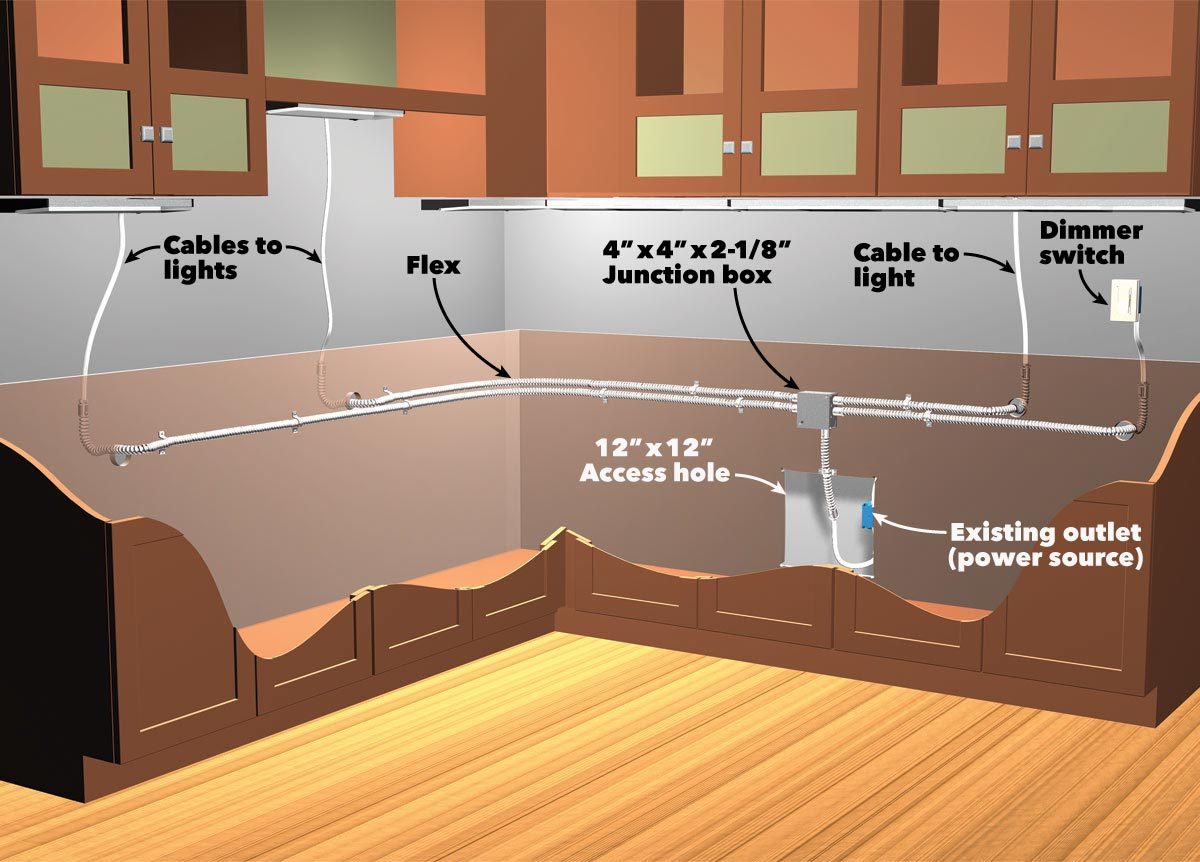 In addition to creating the right atmosphere, proper lighting can also enhance the visual appeal of a kitchen. By strategically placing
accent lights
in key areas, such as above cabinets or over a kitchen island, you can draw attention to certain features and create a focal point in the room. This can also be achieved through the use of
task lighting
, which provides focused light for specific activities like cooking or reading recipes.
In addition to creating the right atmosphere, proper lighting can also enhance the visual appeal of a kitchen. By strategically placing
accent lights
in key areas, such as above cabinets or over a kitchen island, you can draw attention to certain features and create a focal point in the room. This can also be achieved through the use of
task lighting
, which provides focused light for specific activities like cooking or reading recipes.
Improving Functionality
 Proper lighting in a kitchen is not just about aesthetics, it also has a significant impact on functionality. In a low light kitchen, it can be challenging to see while cooking, leading to potential accidents. By incorporating
under cabinet lighting
or
recessed lighting
, you can ensure that your workspaces are well-lit and make cooking easier and safer. Furthermore, a well-lit kitchen can also make it easier to find items in cabinets and drawers, saving you time and frustration.
In conclusion, lighting is a crucial aspect of kitchen design and should not be overlooked. Whether it's creating the perfect atmosphere, enhancing visual appeal, or improving functionality, proper lighting can make a significant difference in a low light kitchen. So the next time you are designing a kitchen, remember to pay attention to the lighting to create a space that is both beautiful and functional.
Proper lighting in a kitchen is not just about aesthetics, it also has a significant impact on functionality. In a low light kitchen, it can be challenging to see while cooking, leading to potential accidents. By incorporating
under cabinet lighting
or
recessed lighting
, you can ensure that your workspaces are well-lit and make cooking easier and safer. Furthermore, a well-lit kitchen can also make it easier to find items in cabinets and drawers, saving you time and frustration.
In conclusion, lighting is a crucial aspect of kitchen design and should not be overlooked. Whether it's creating the perfect atmosphere, enhancing visual appeal, or improving functionality, proper lighting can make a significant difference in a low light kitchen. So the next time you are designing a kitchen, remember to pay attention to the lighting to create a space that is both beautiful and functional.



